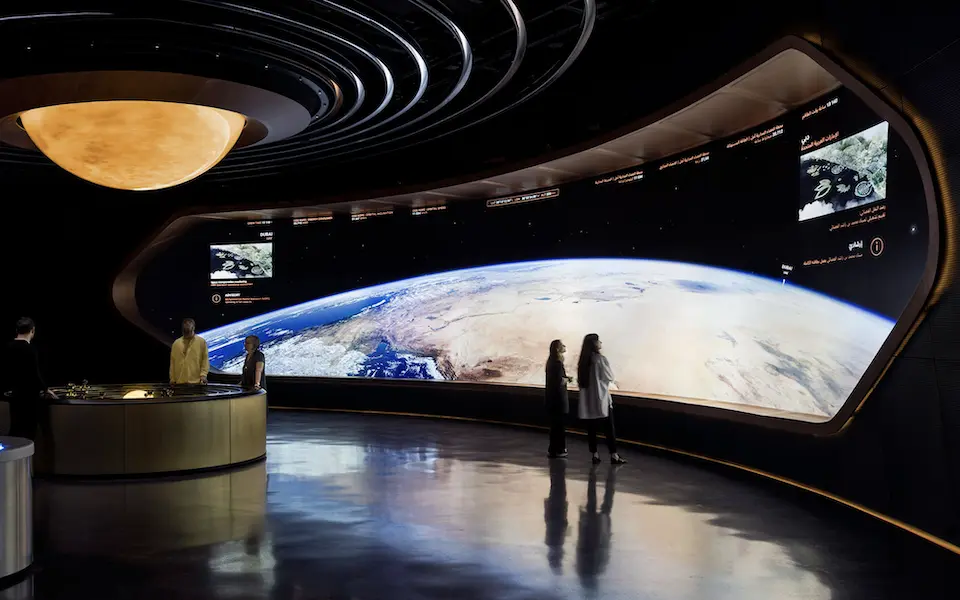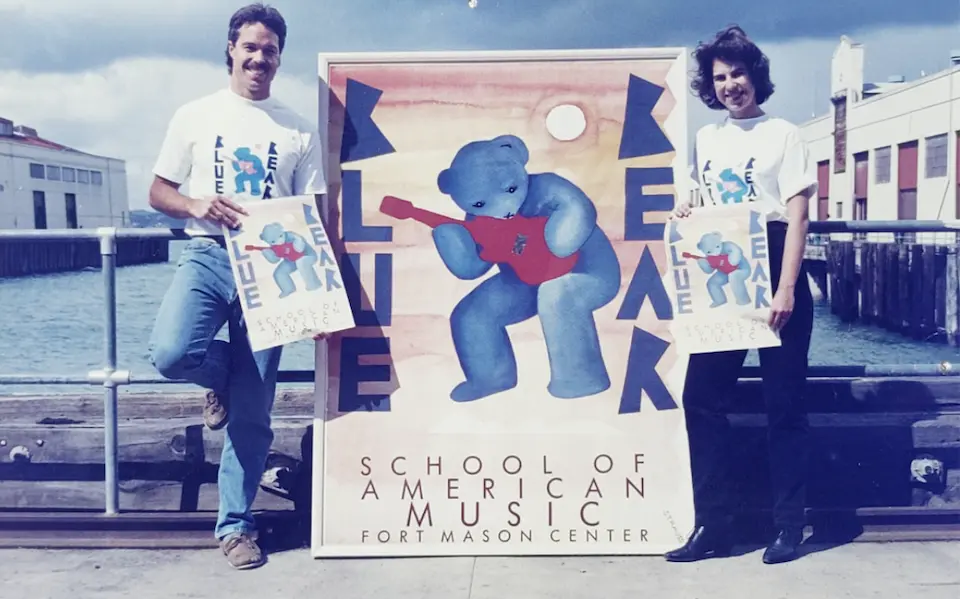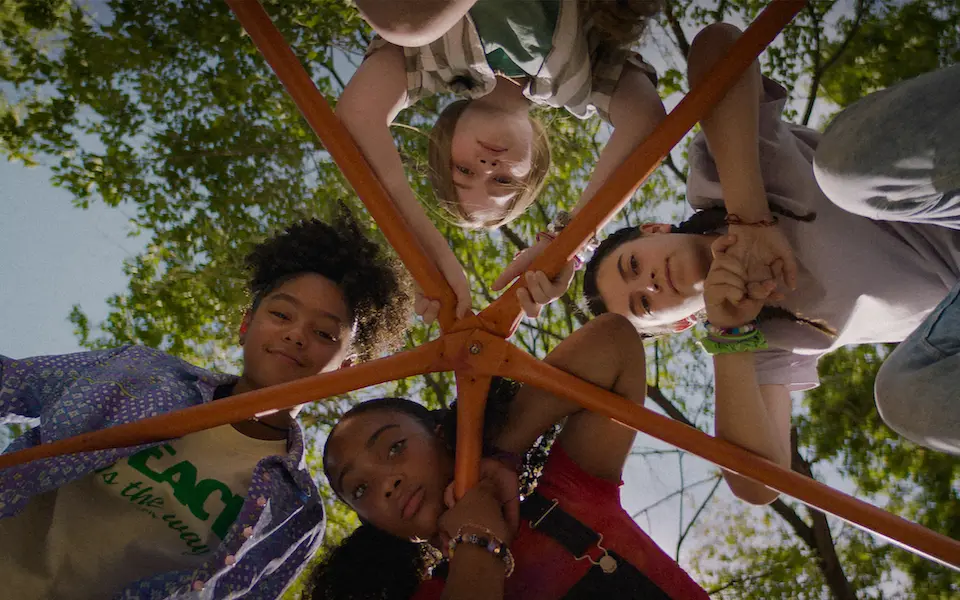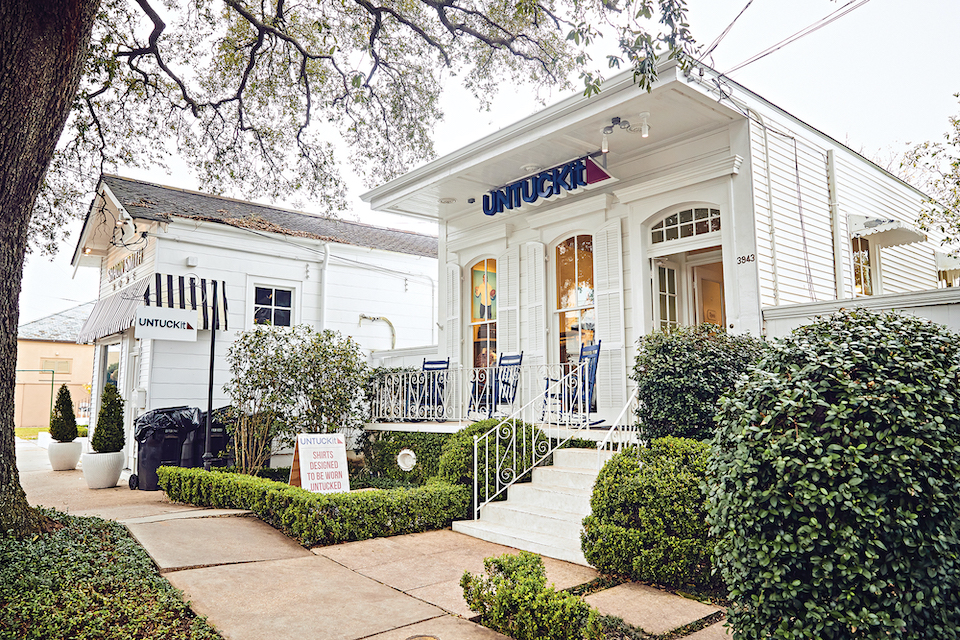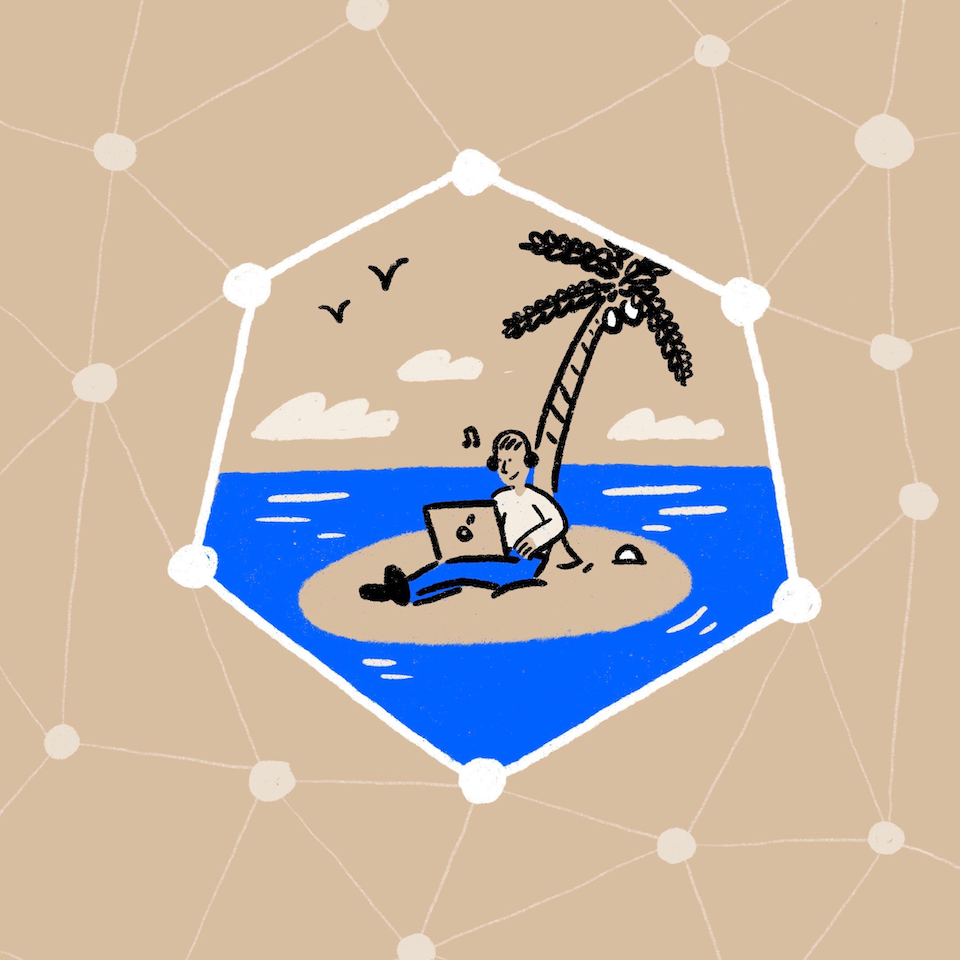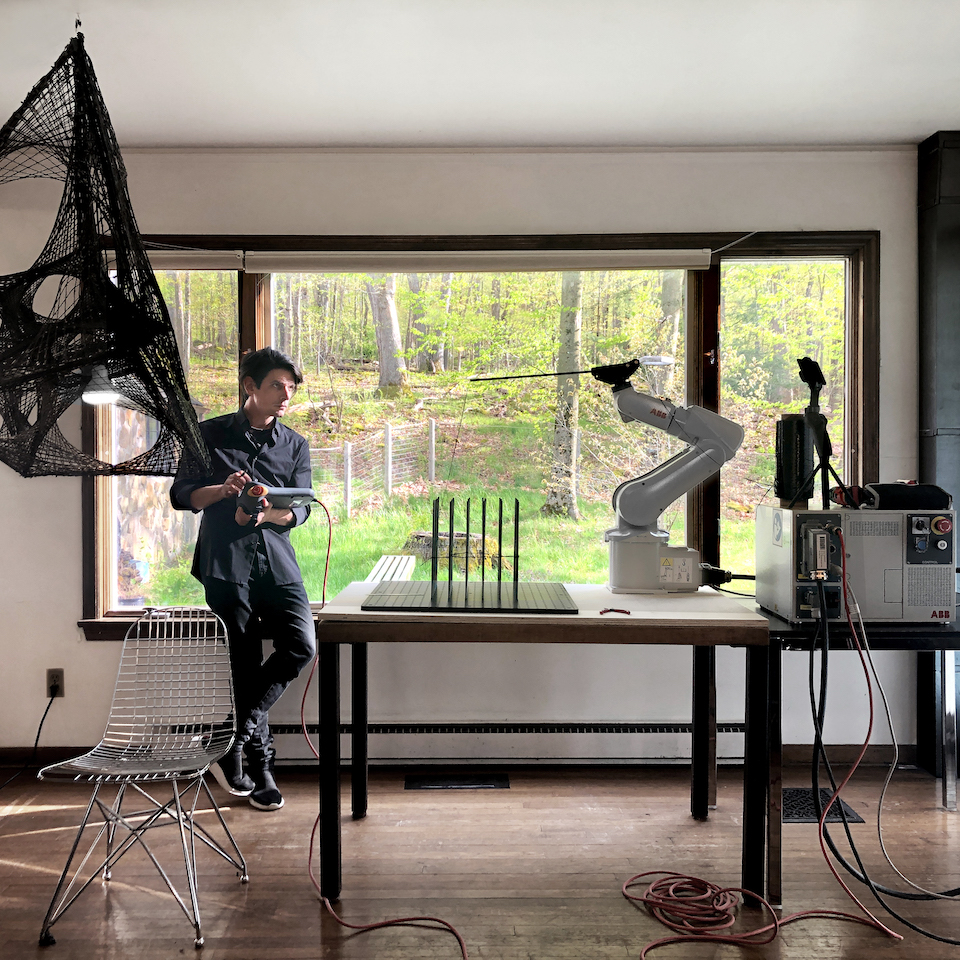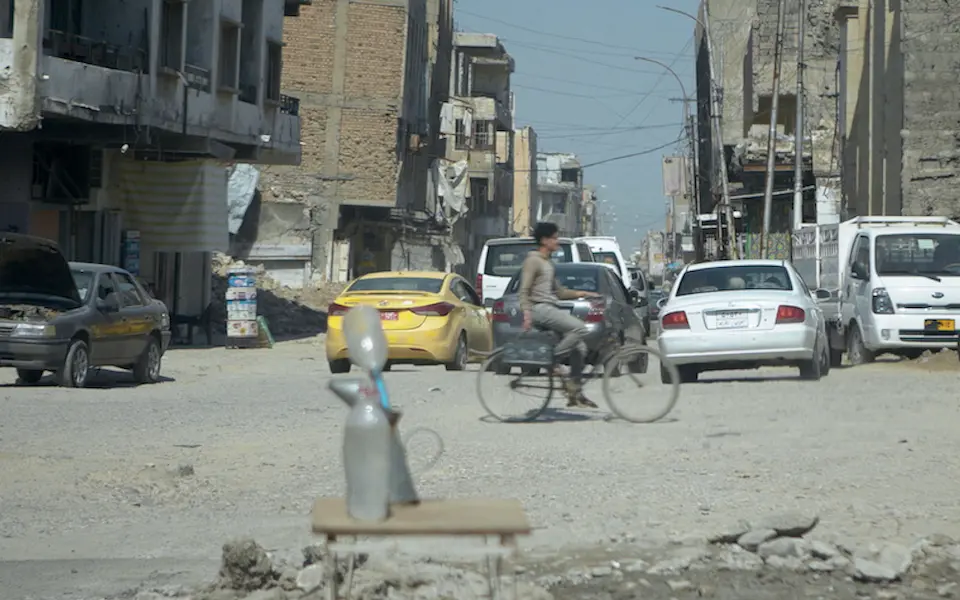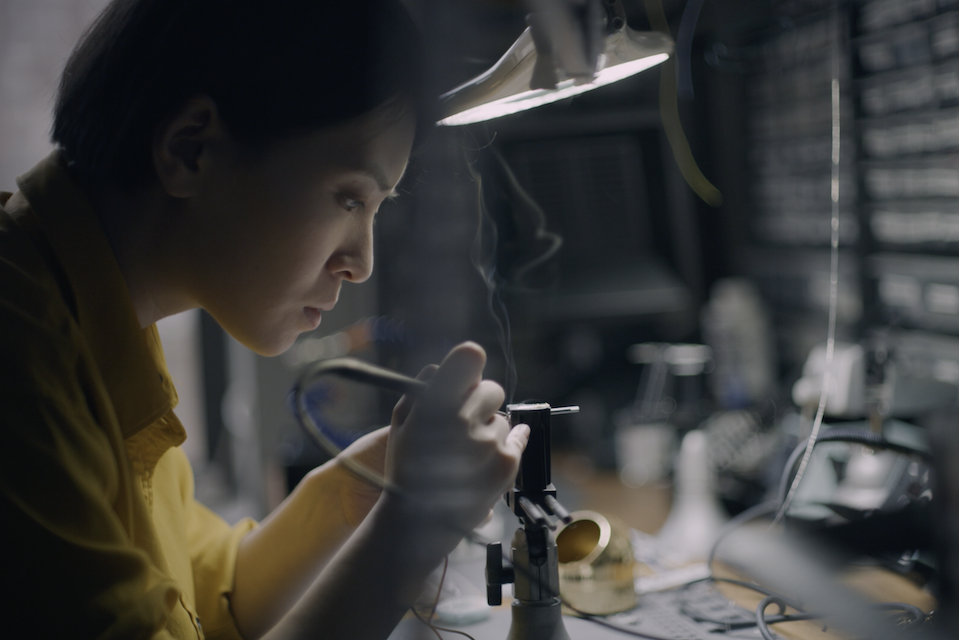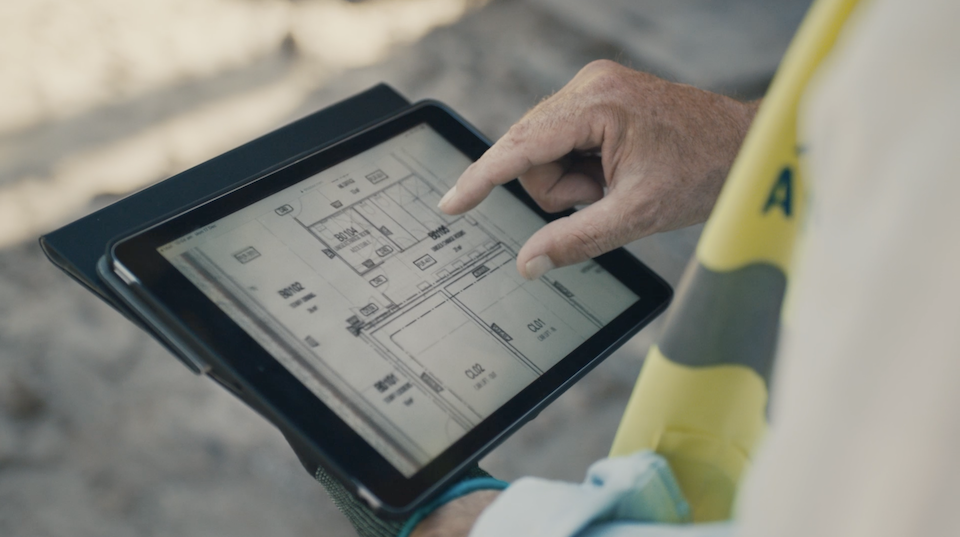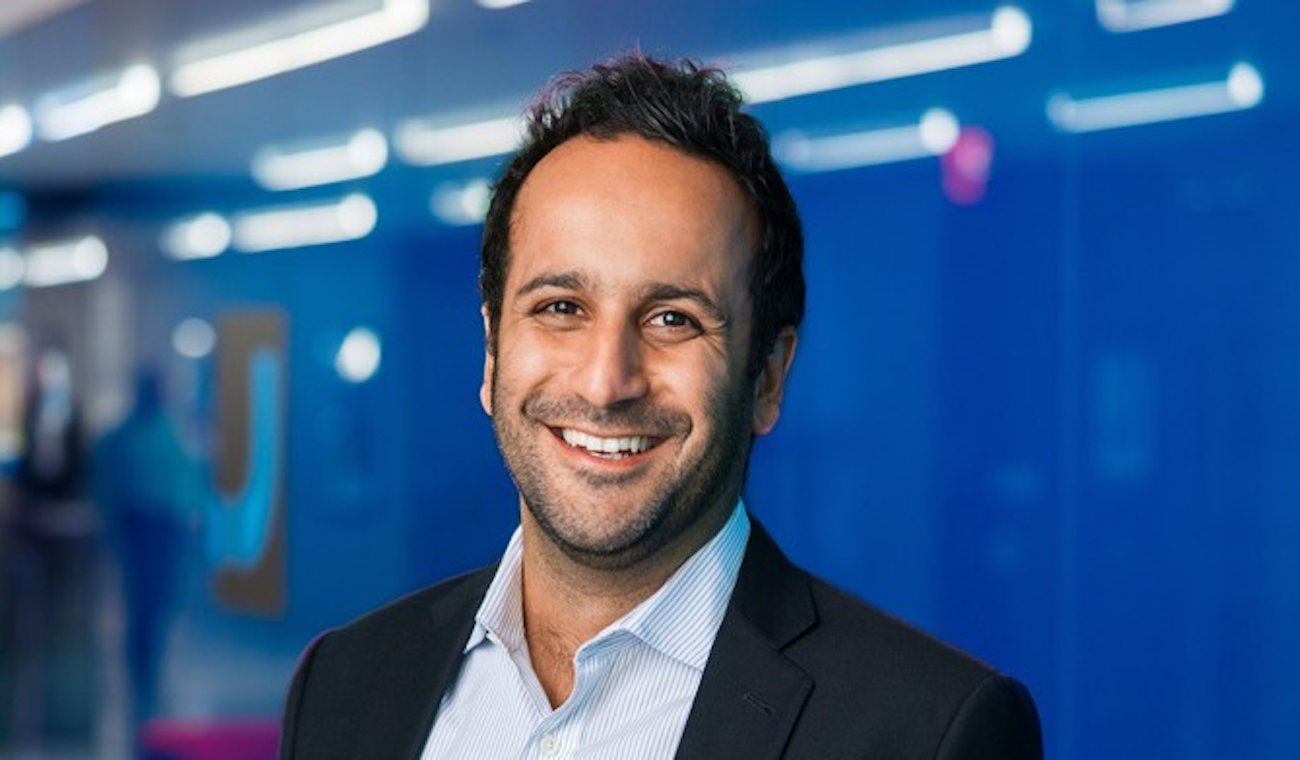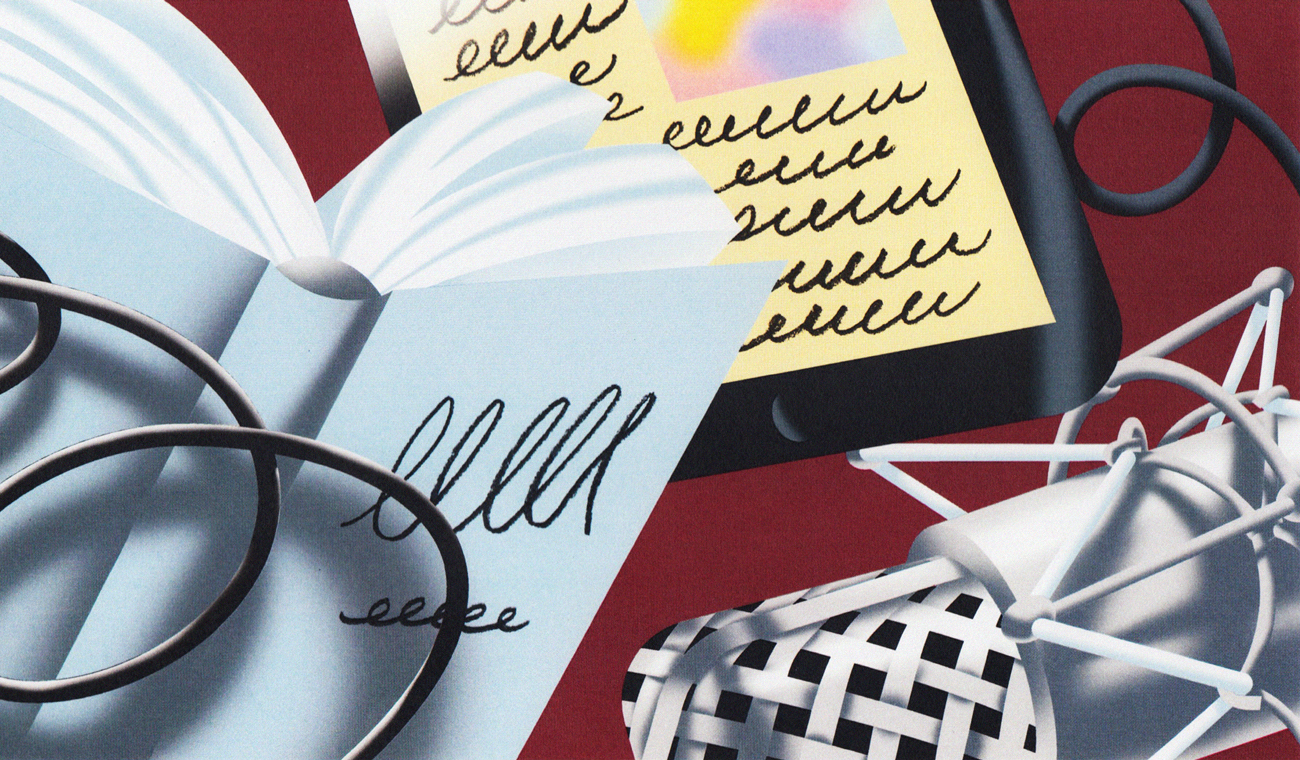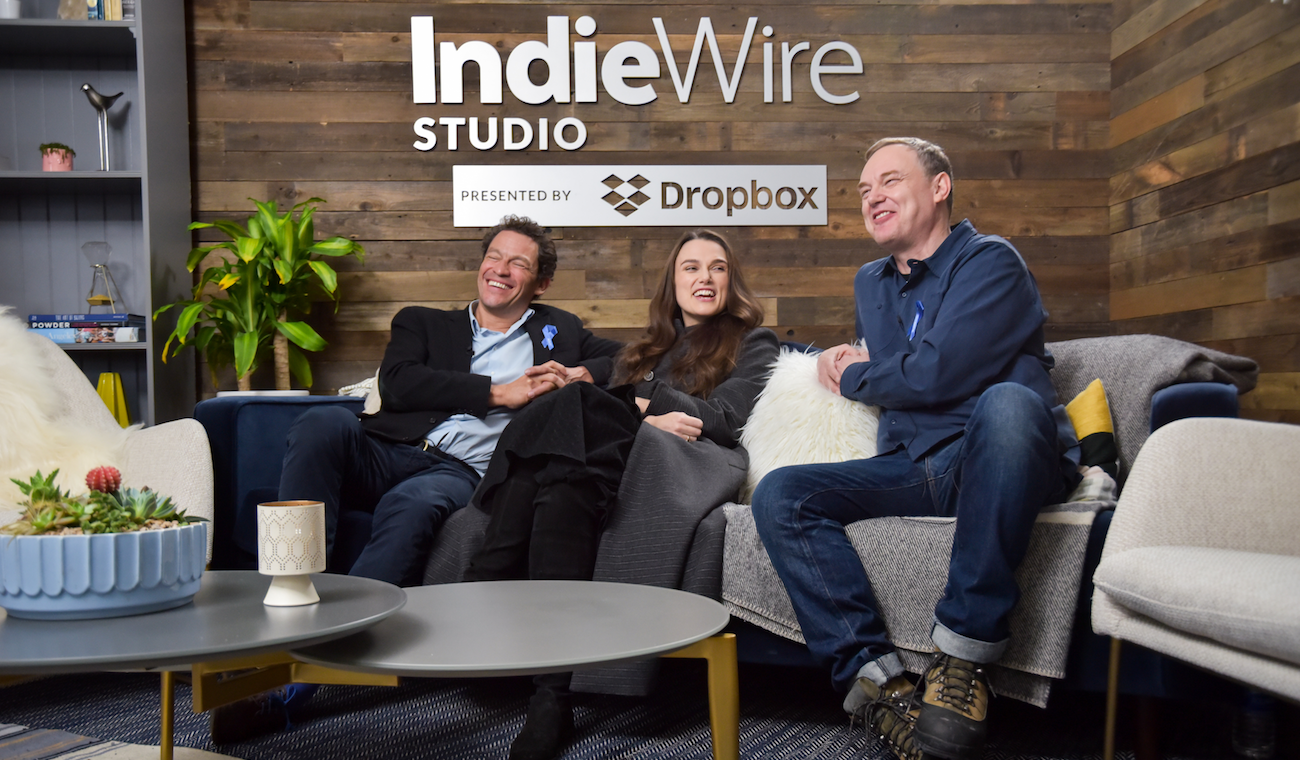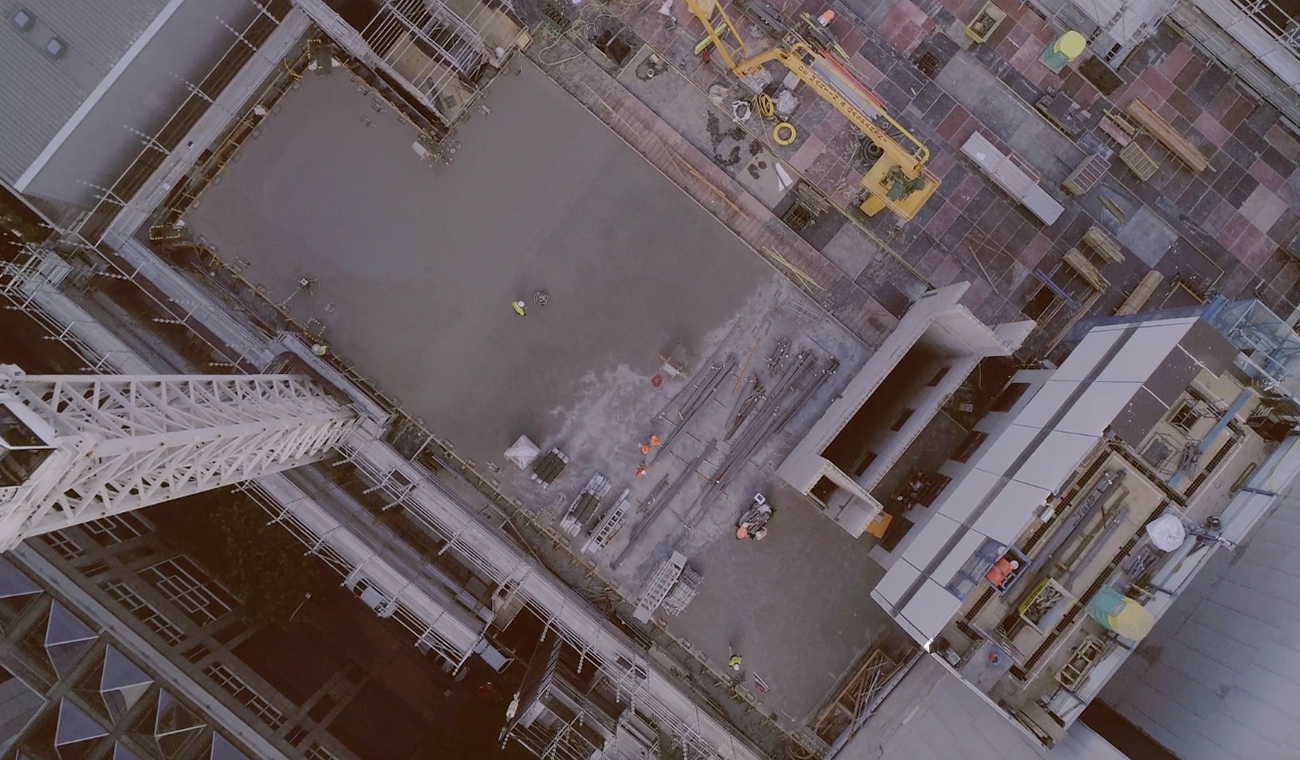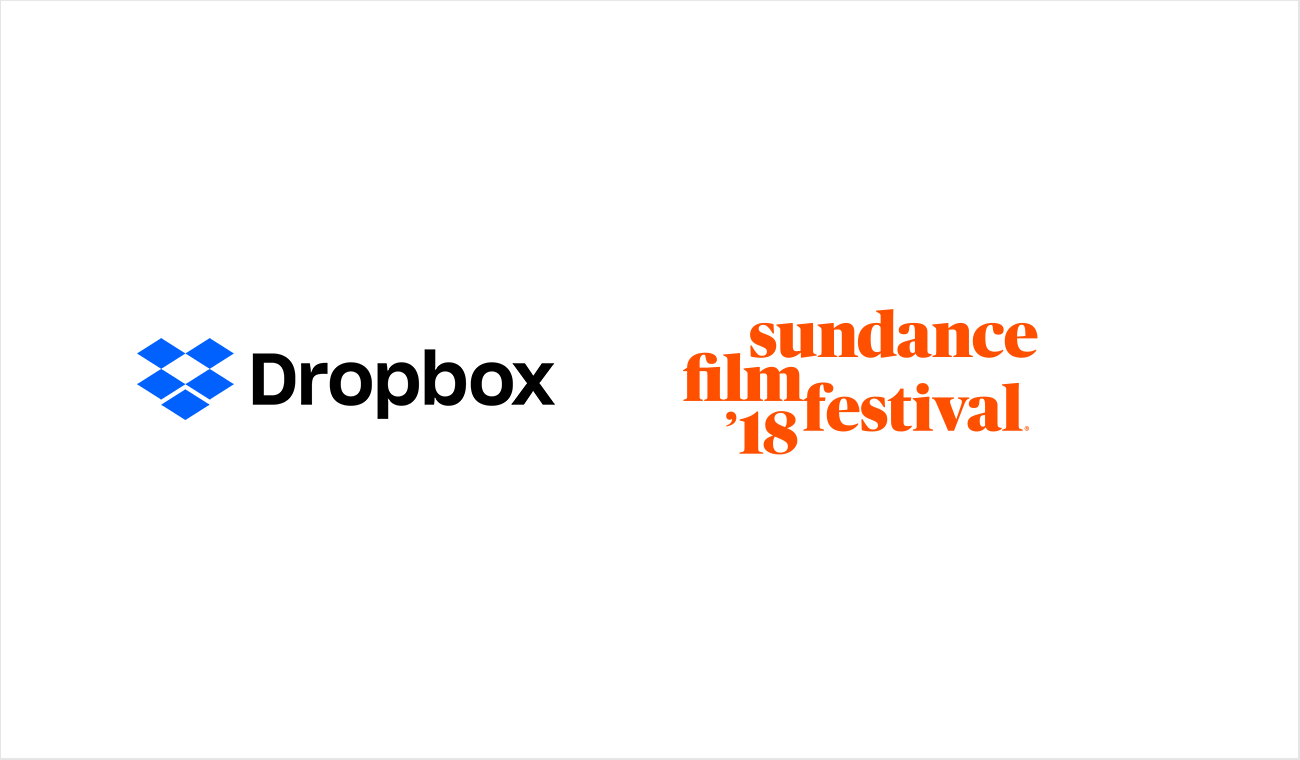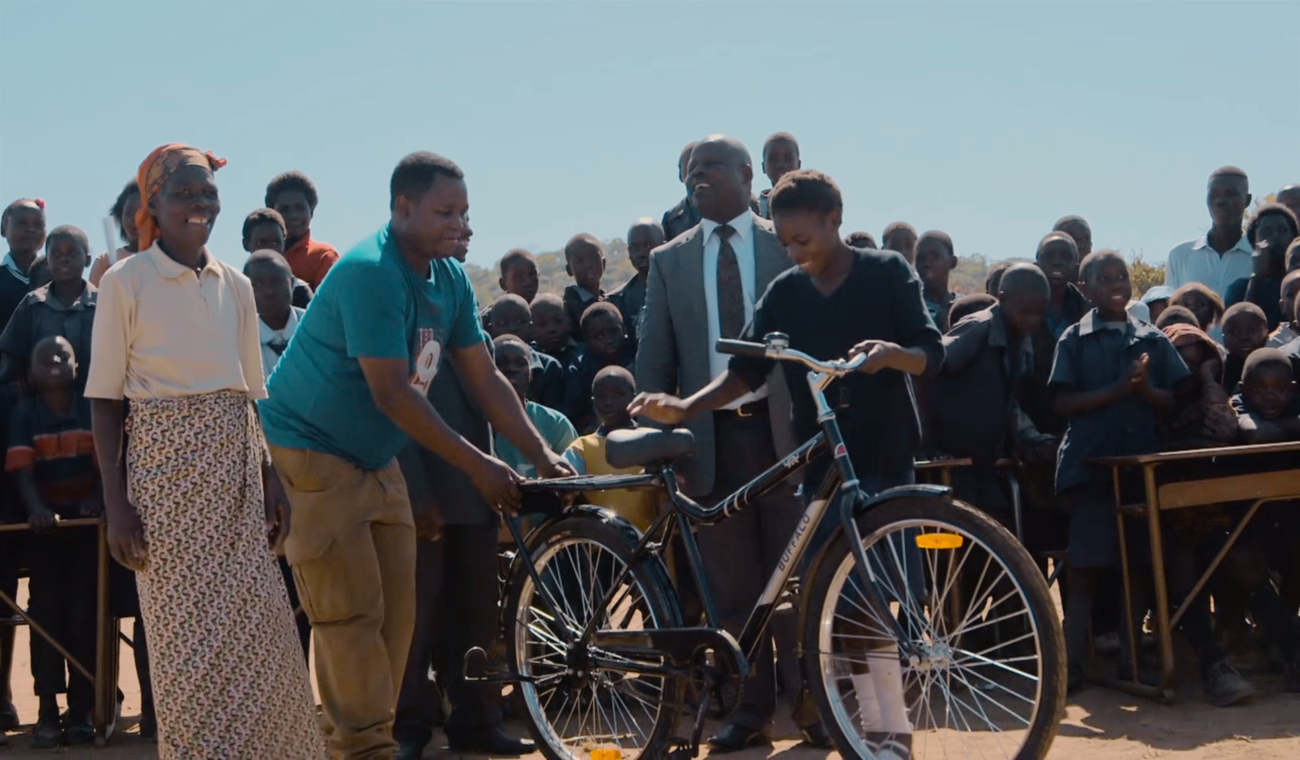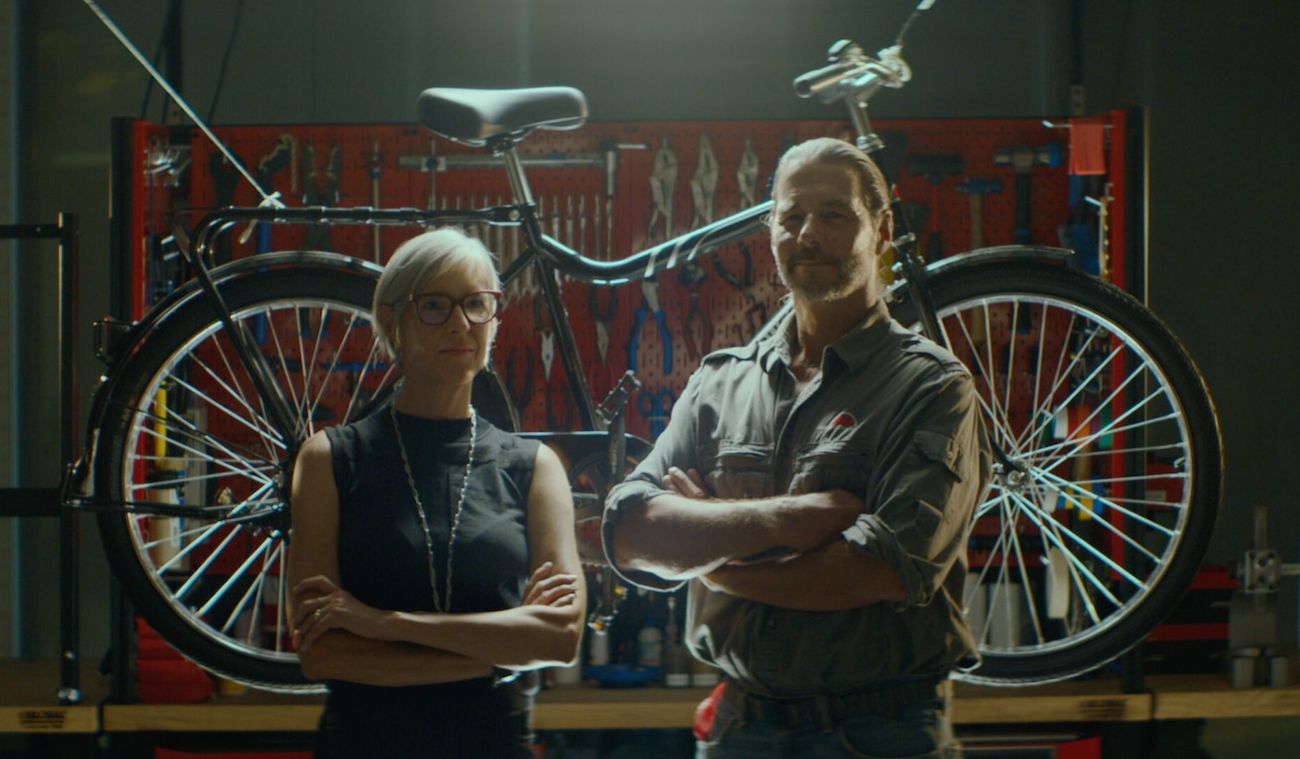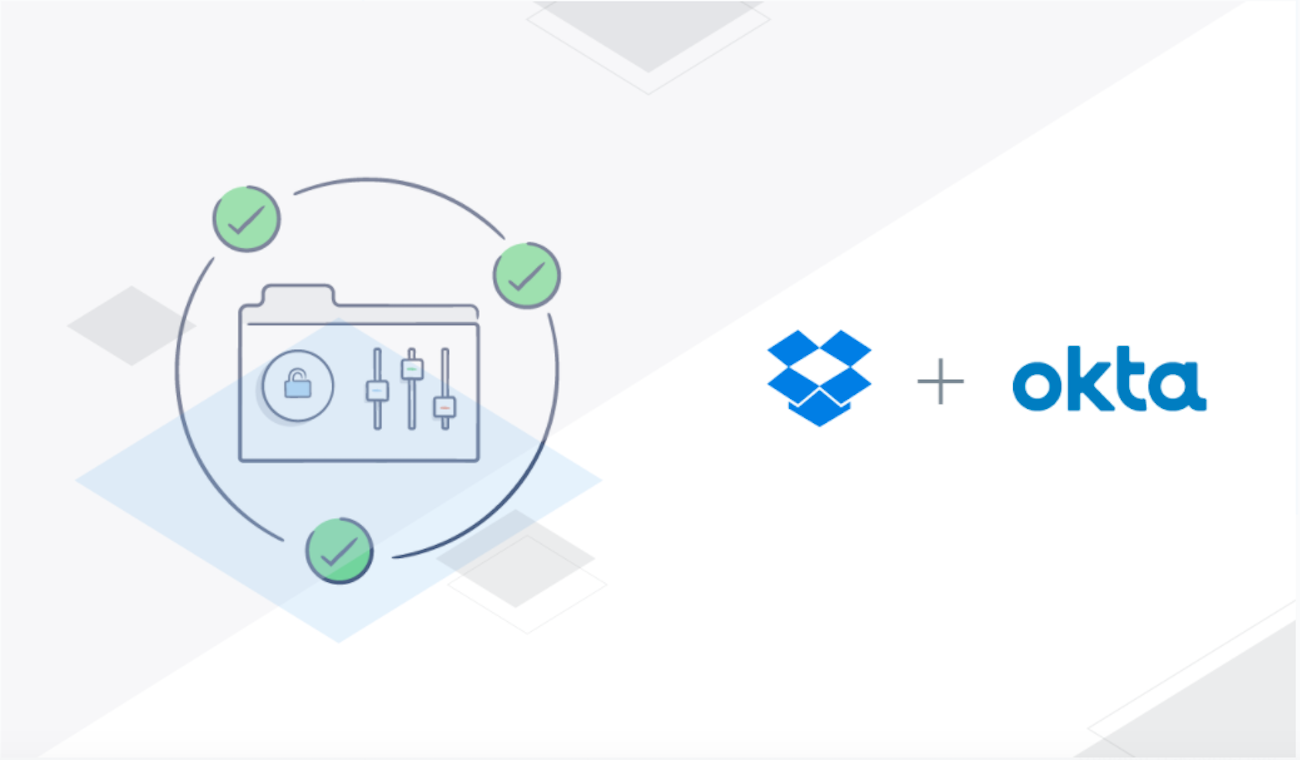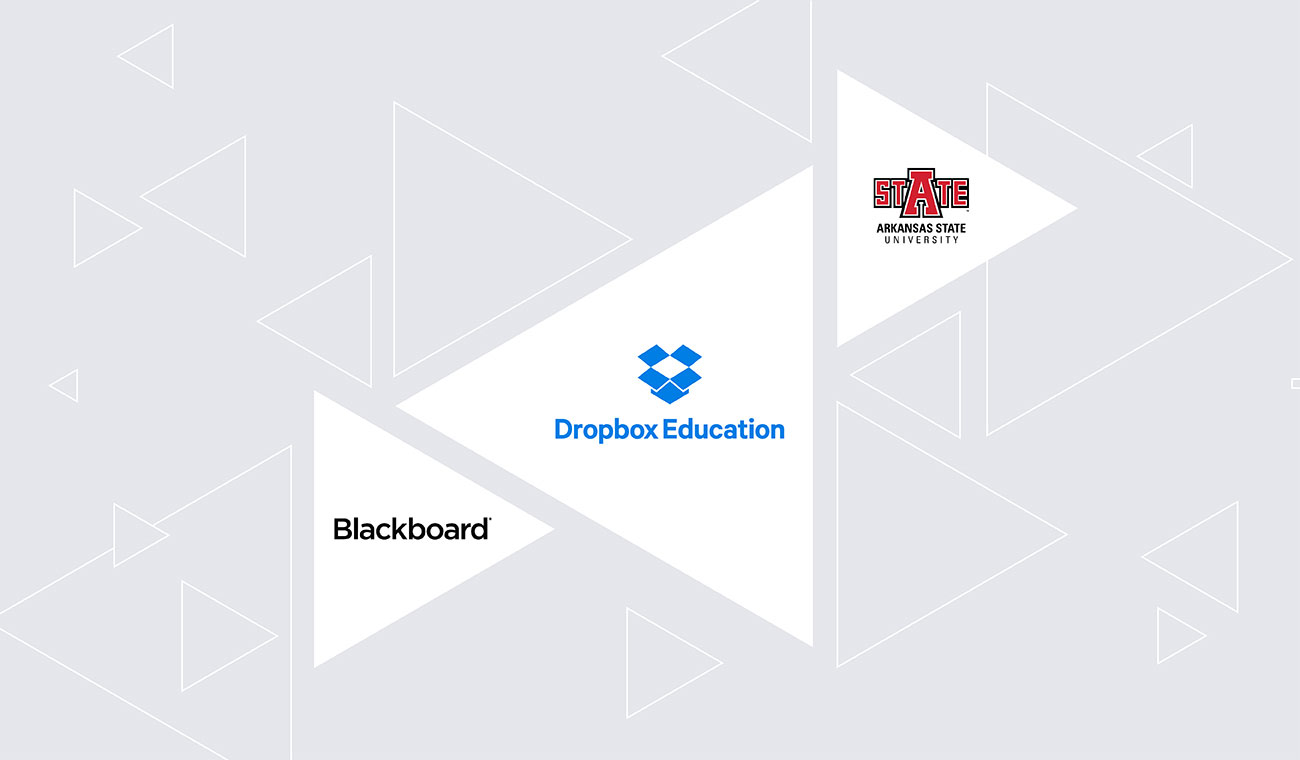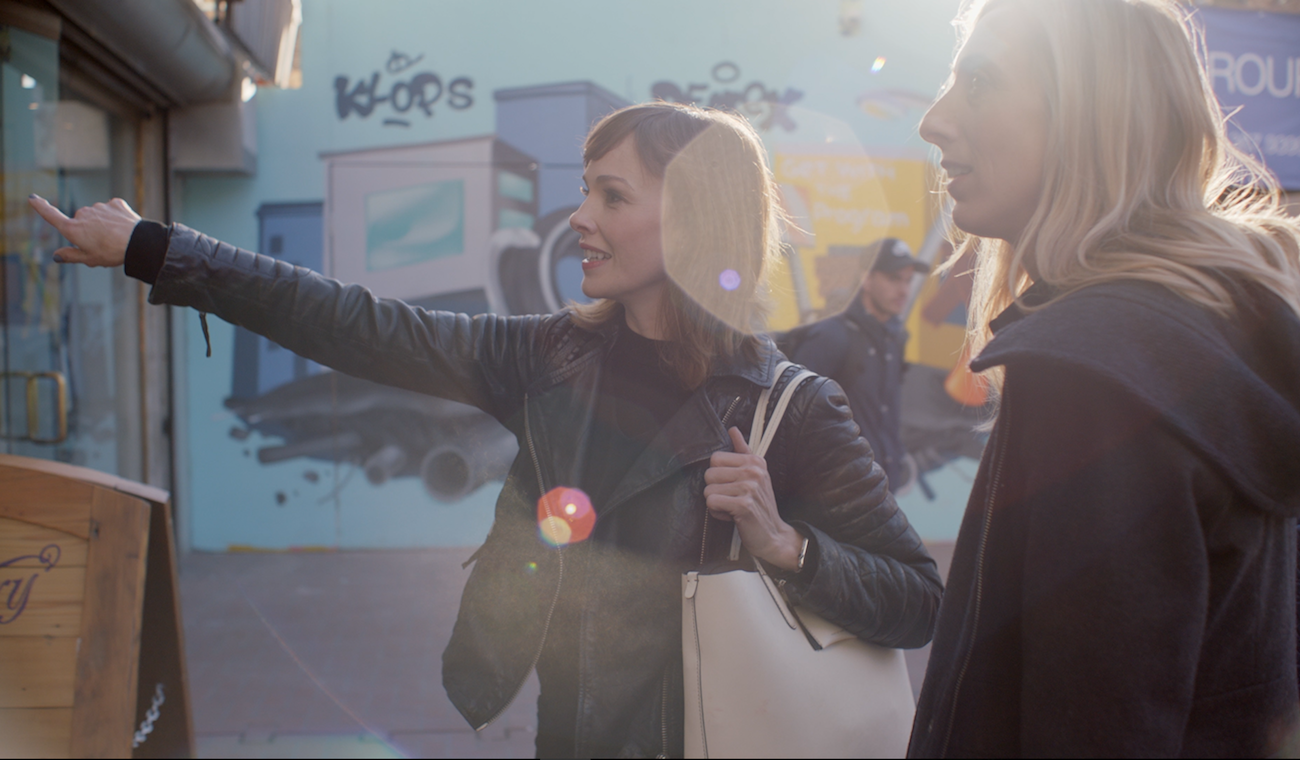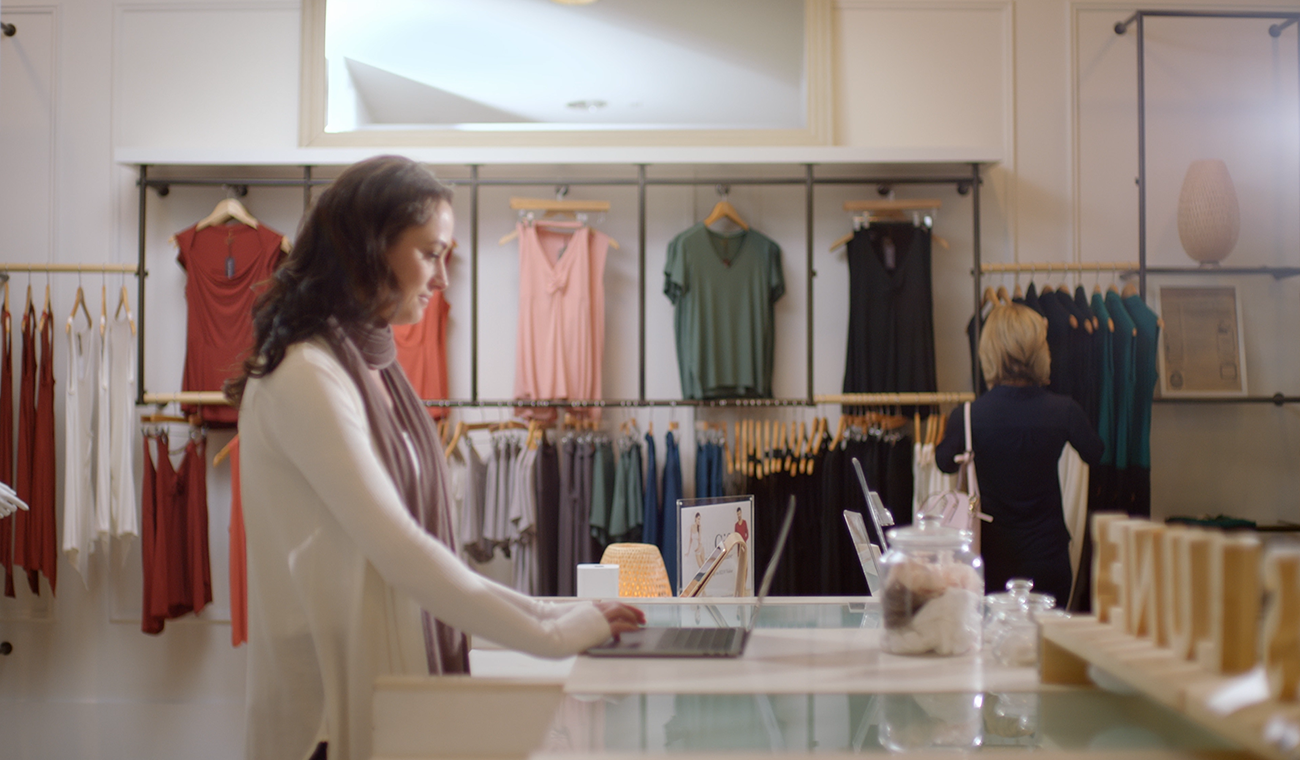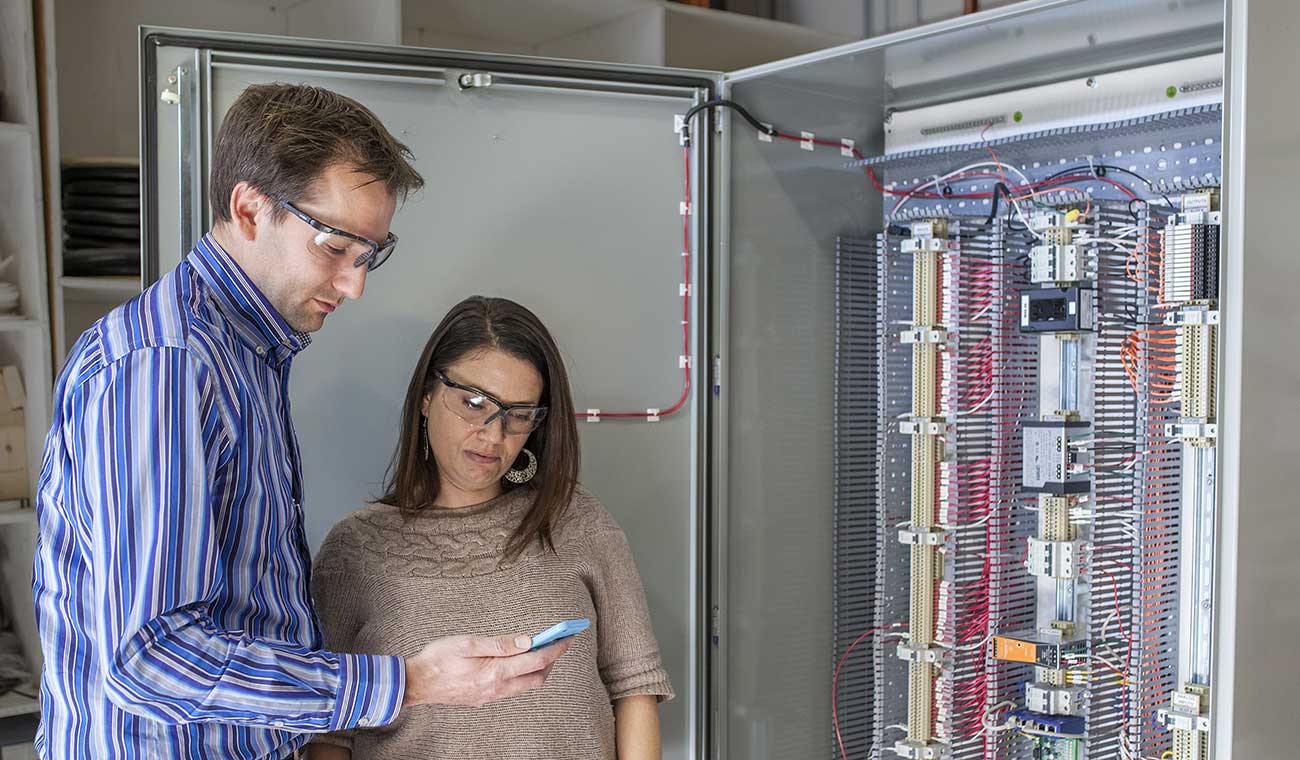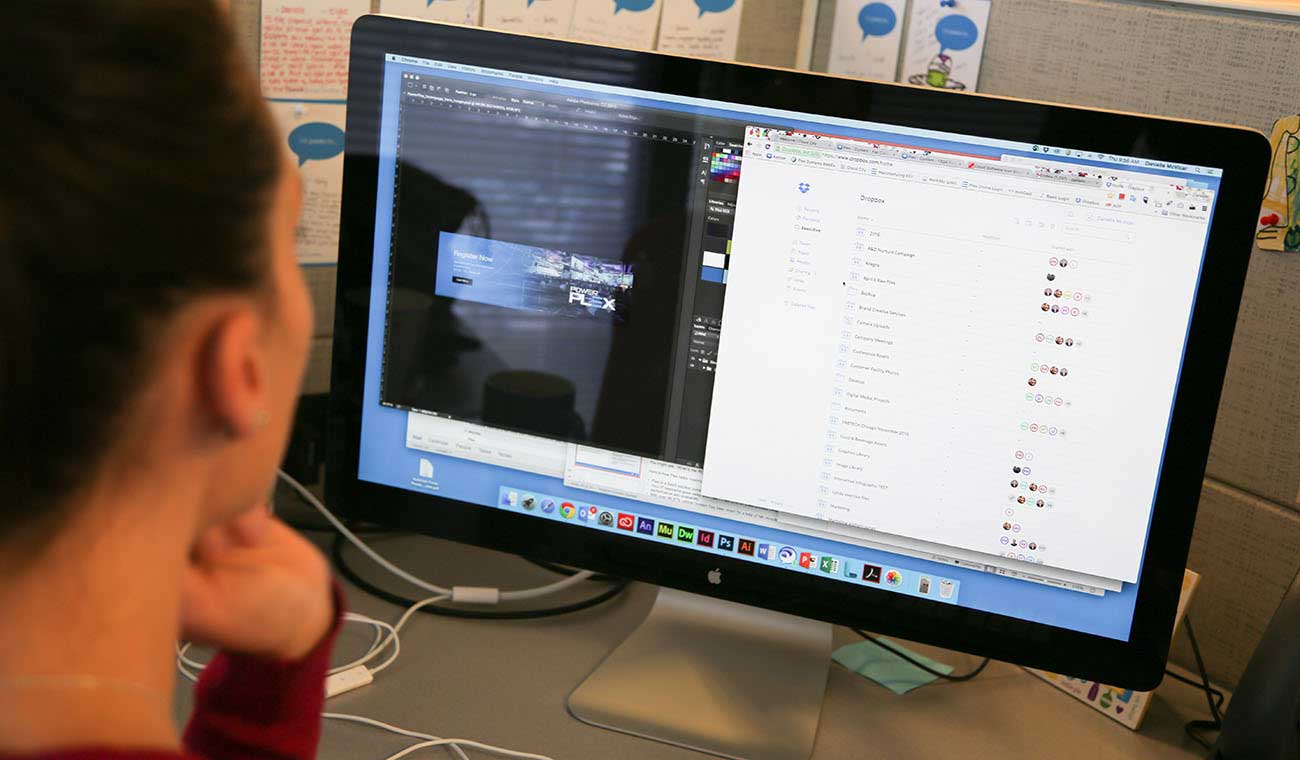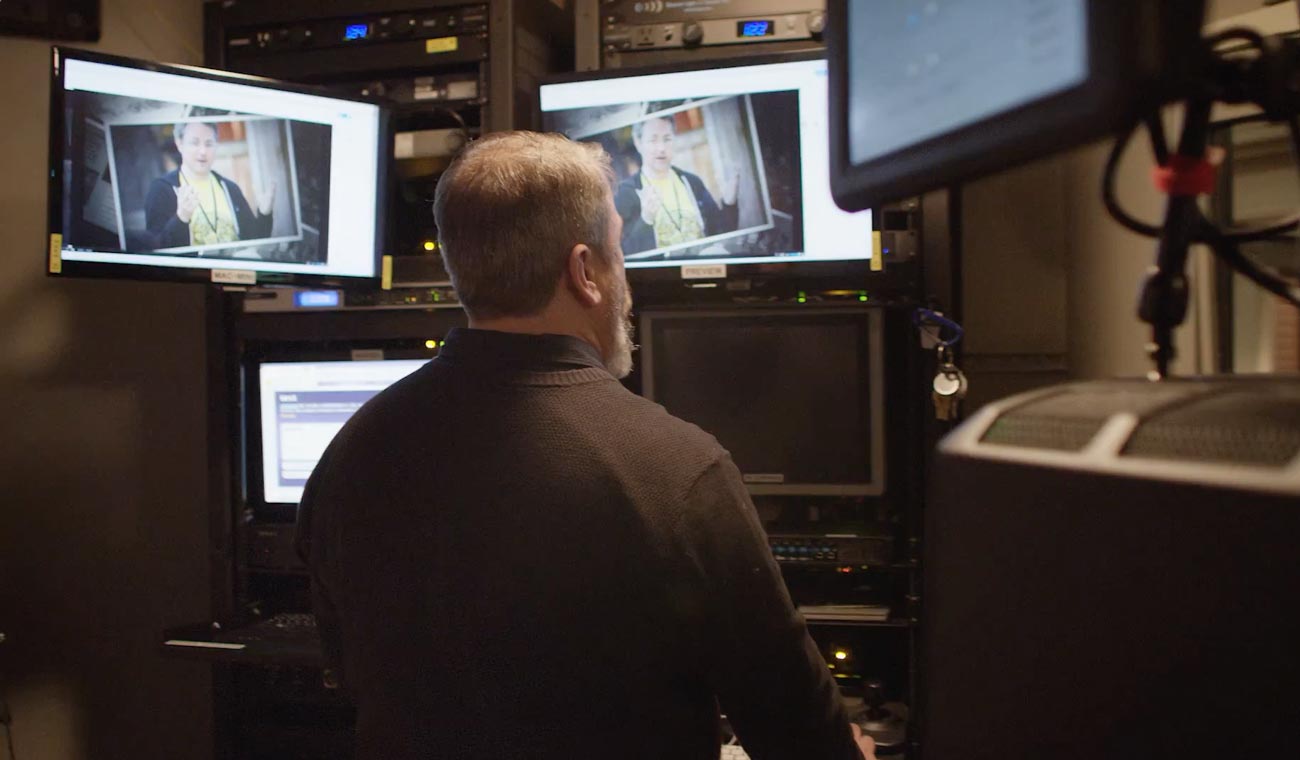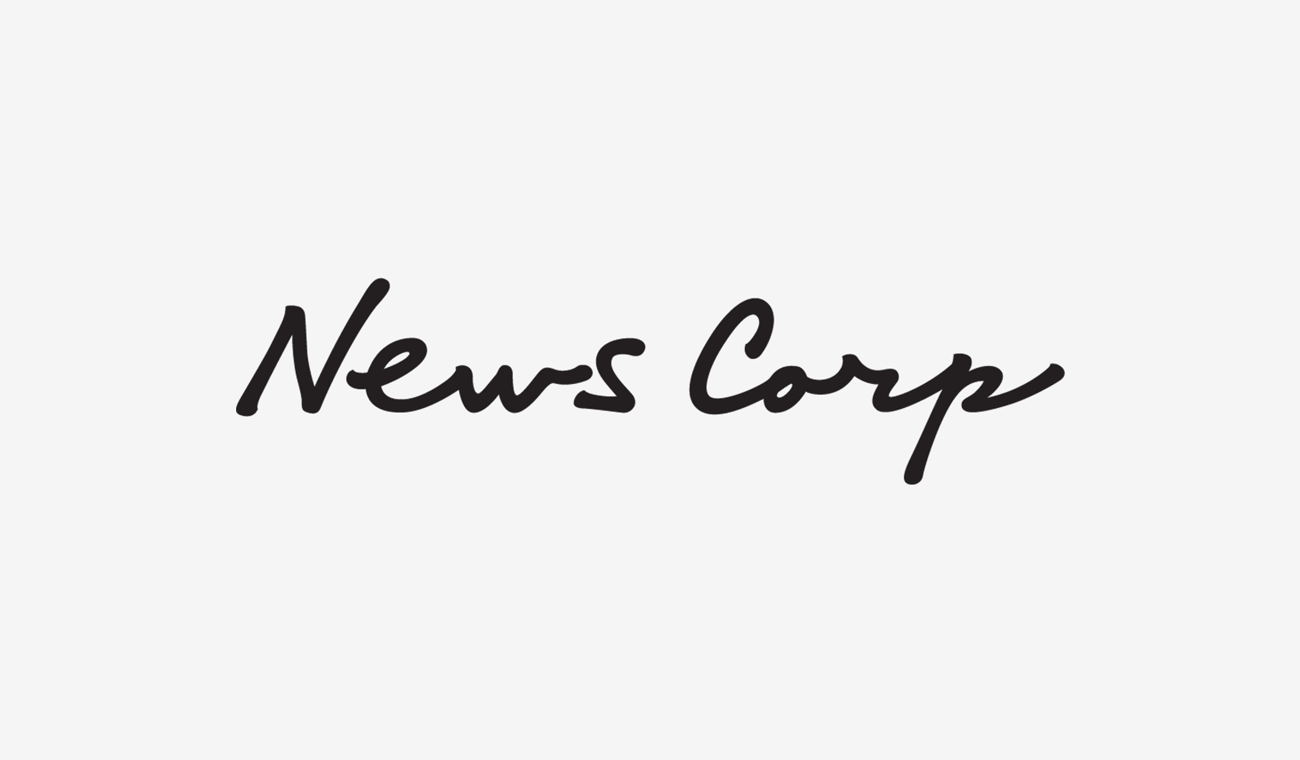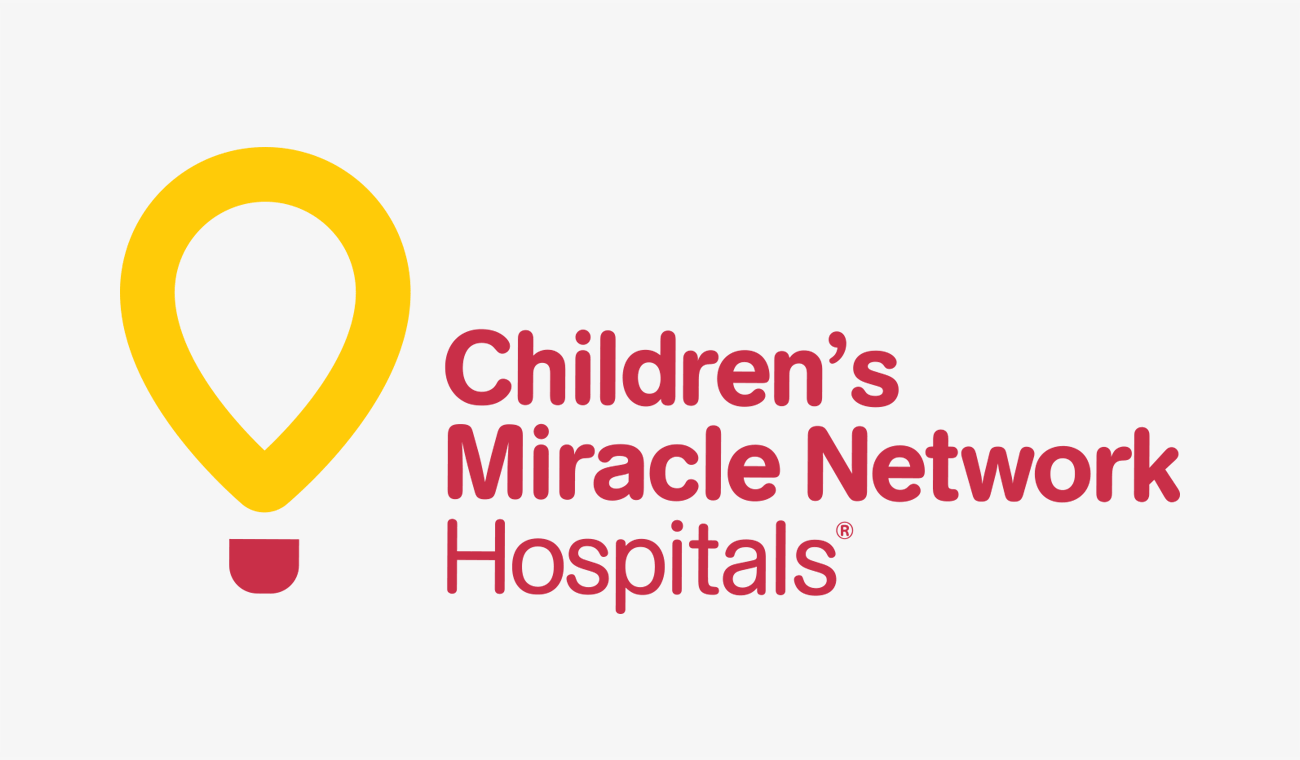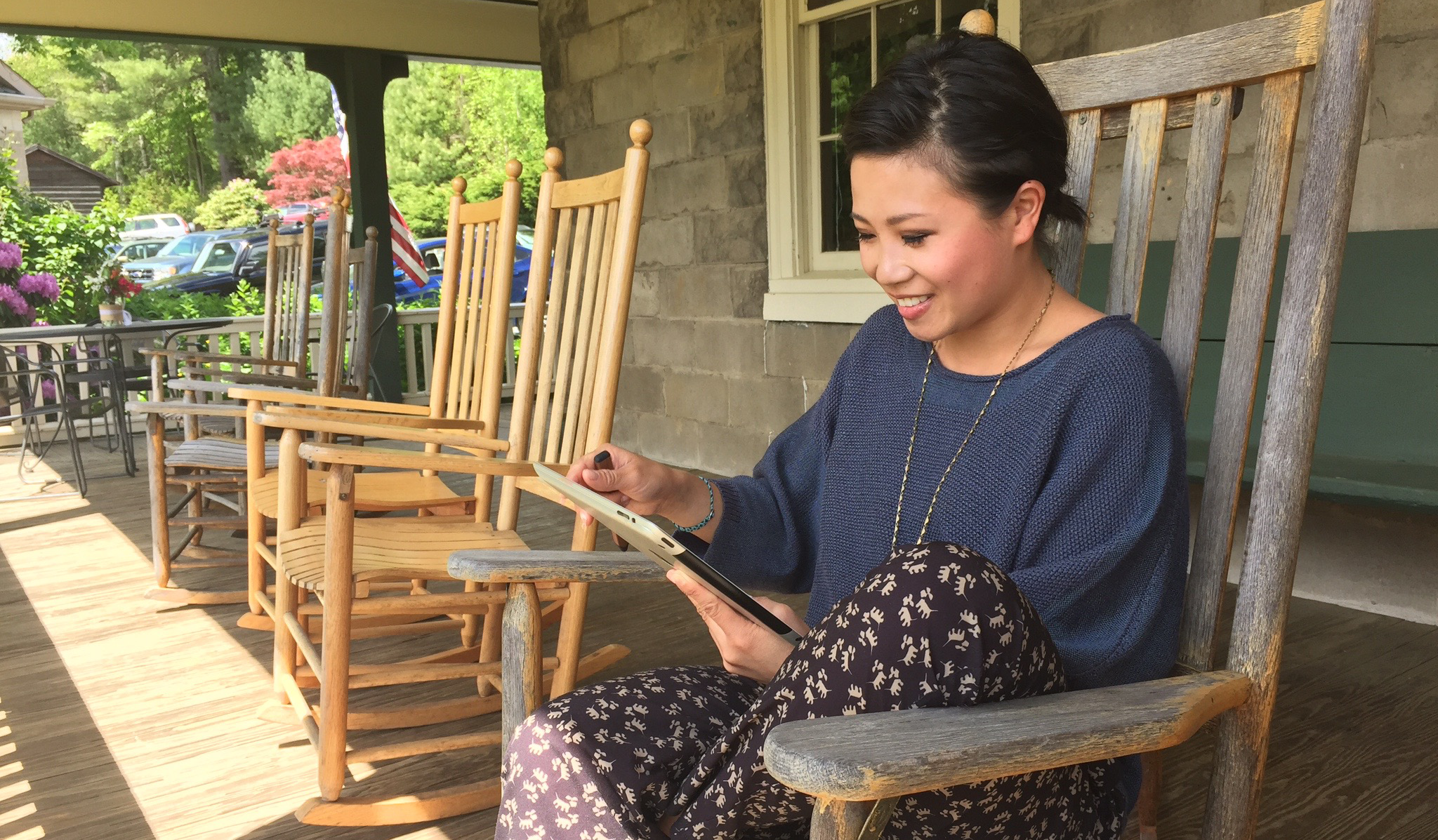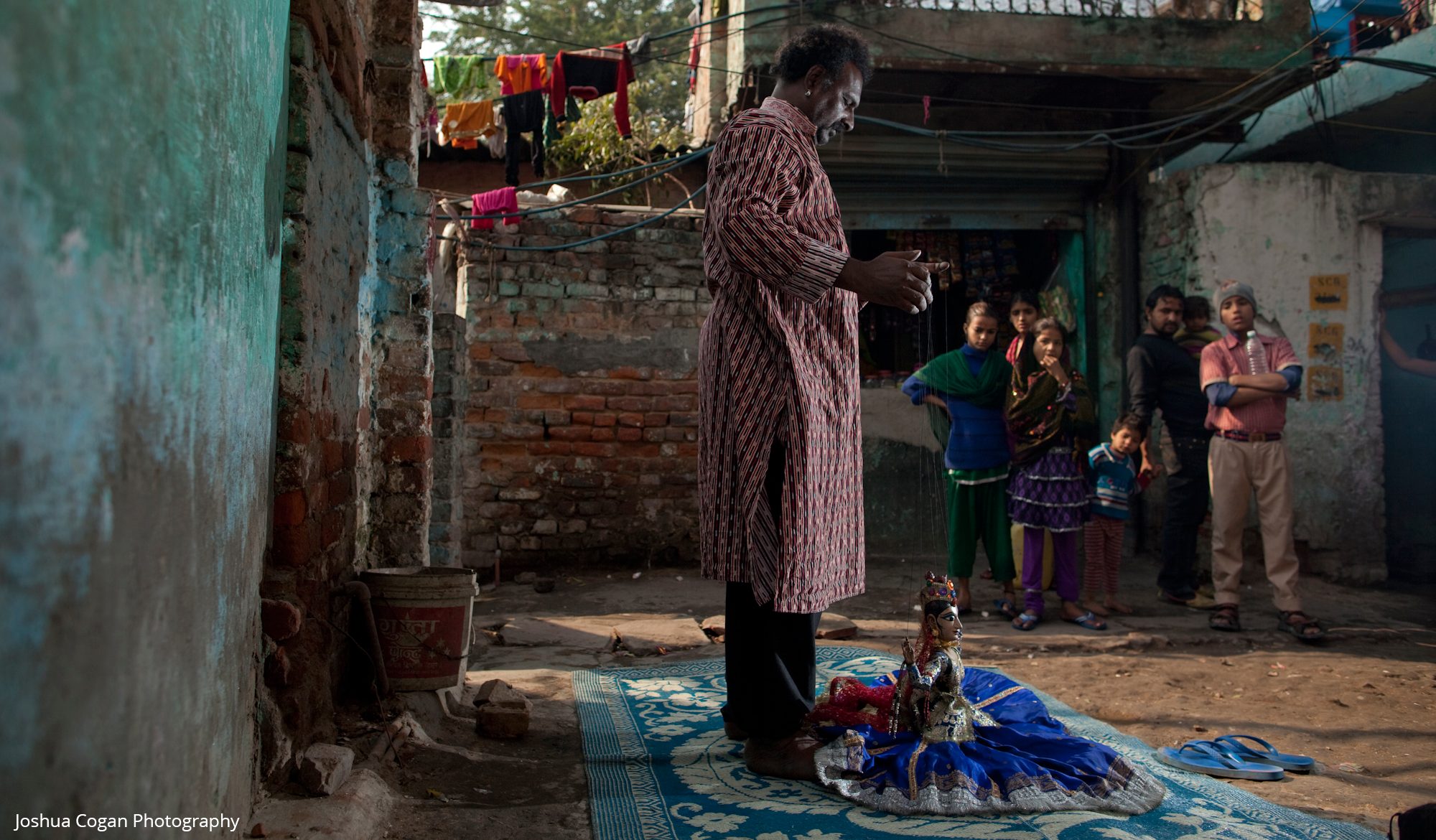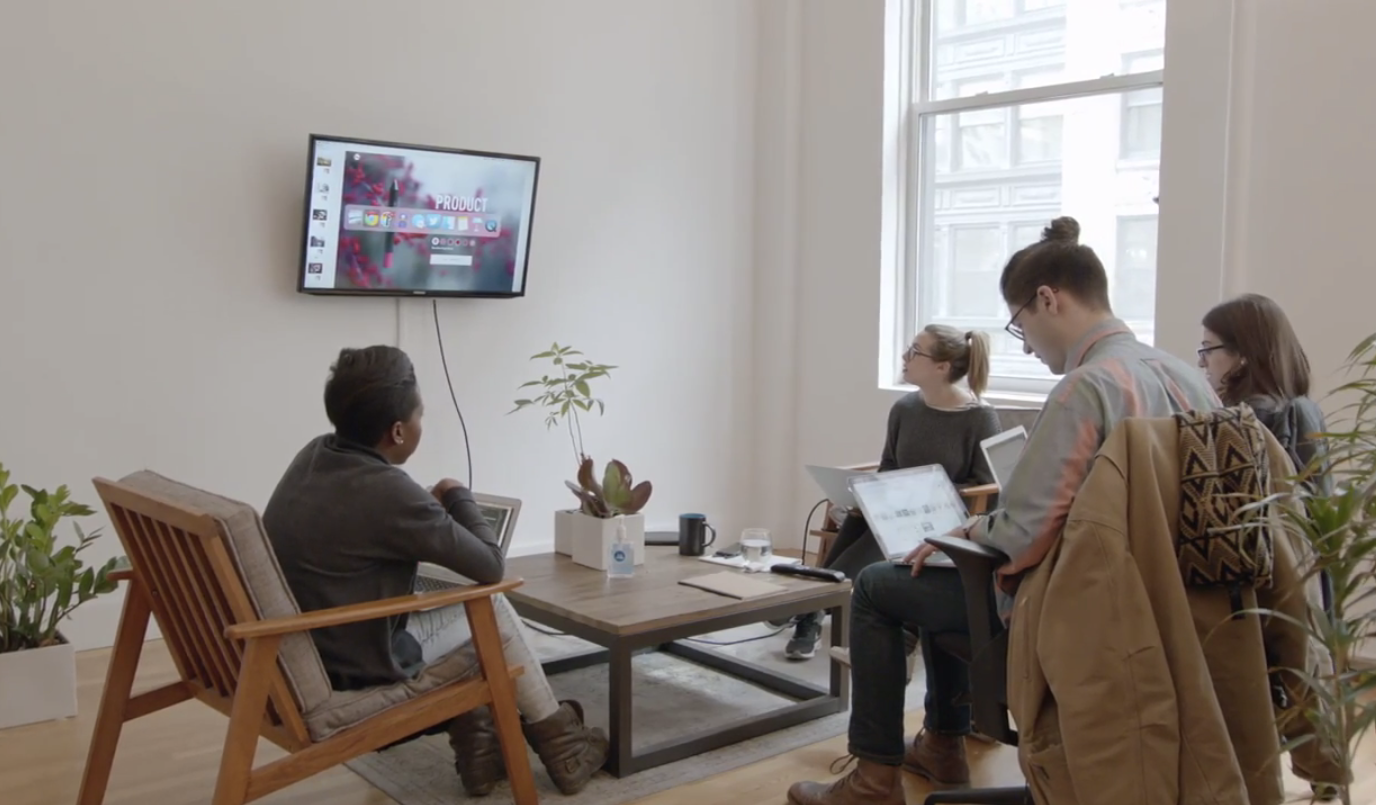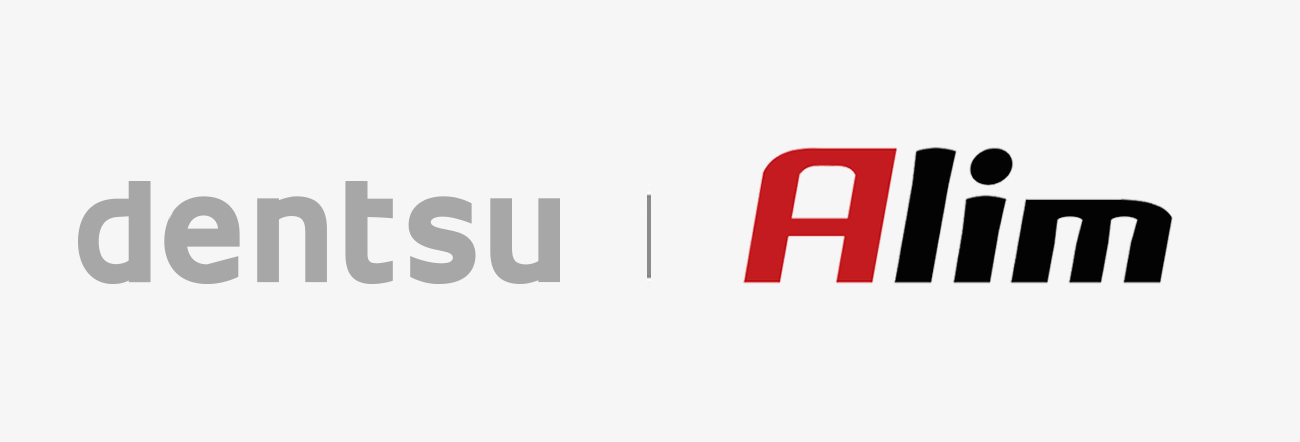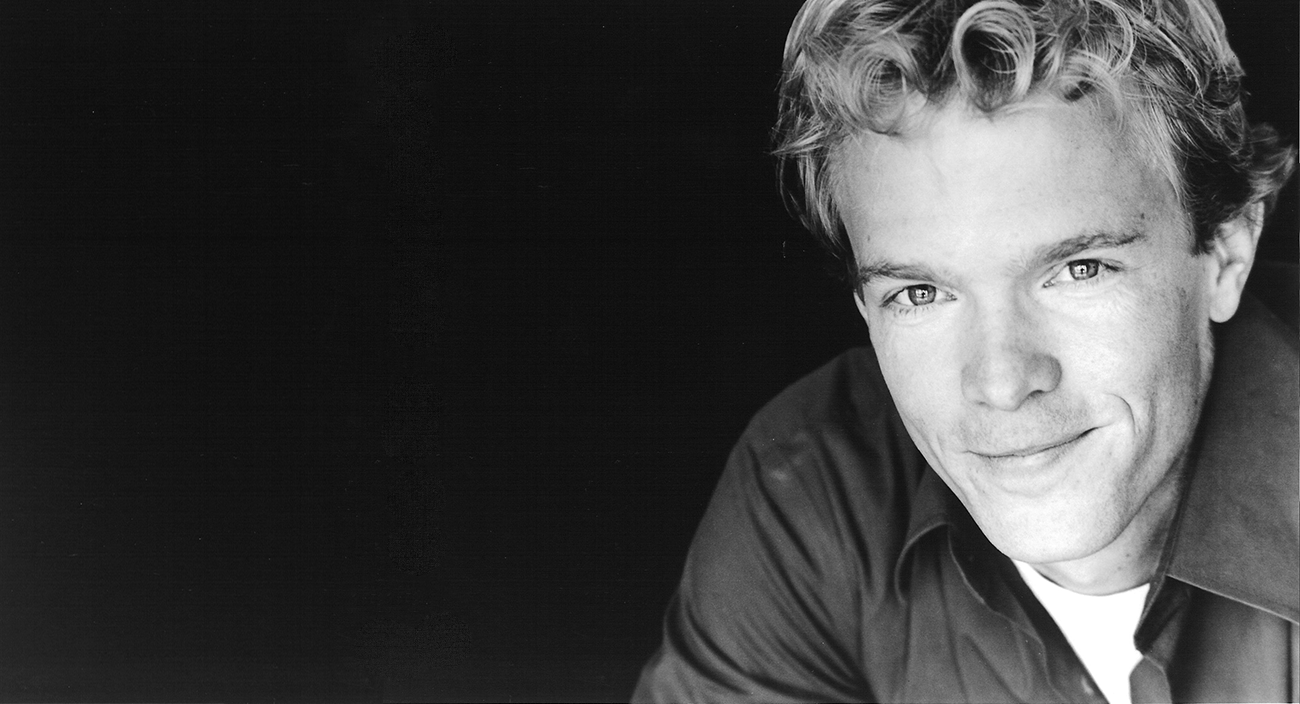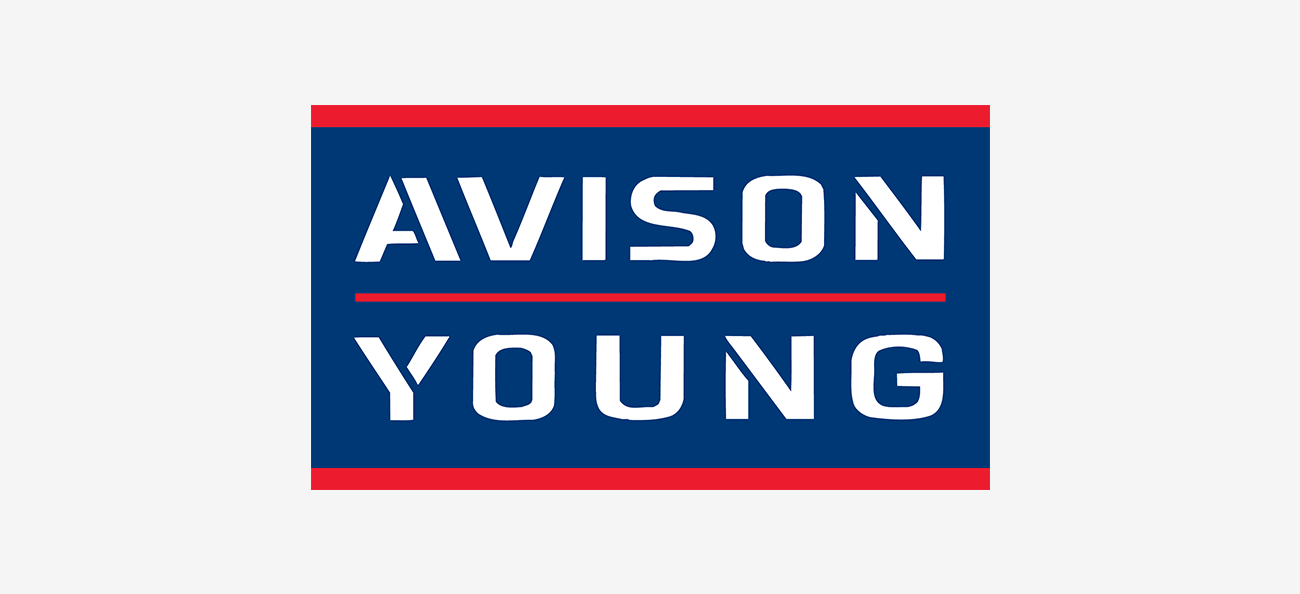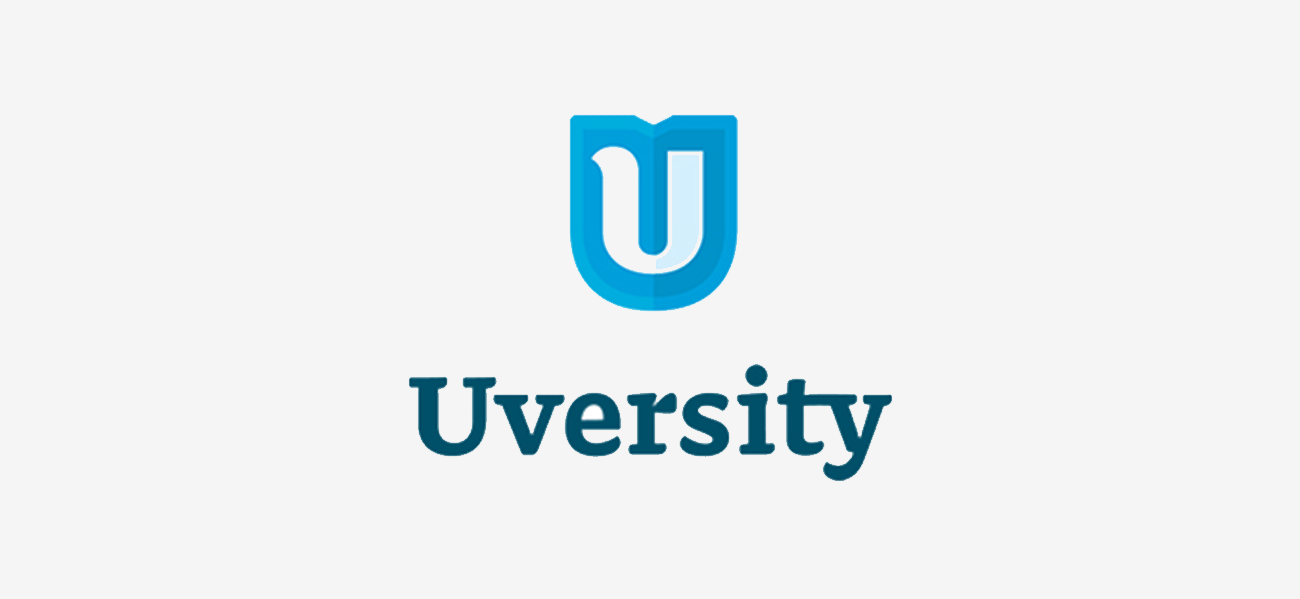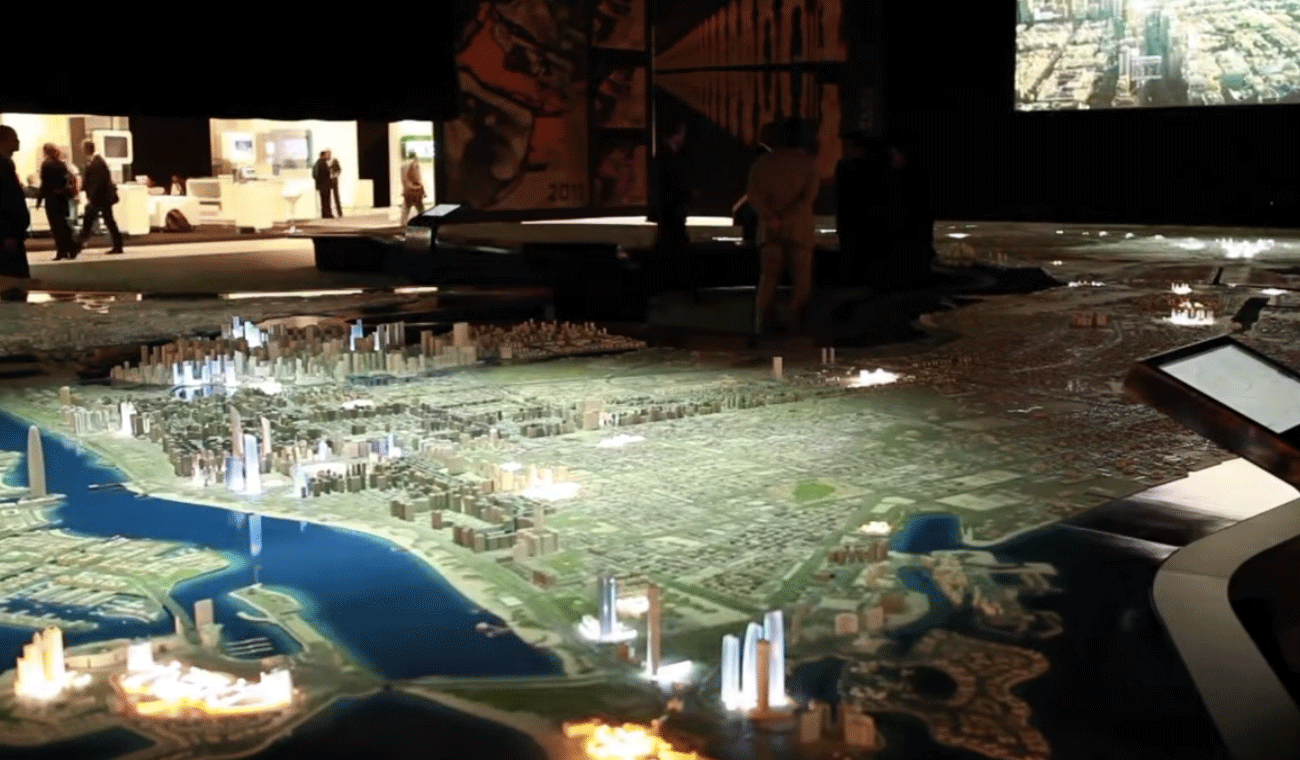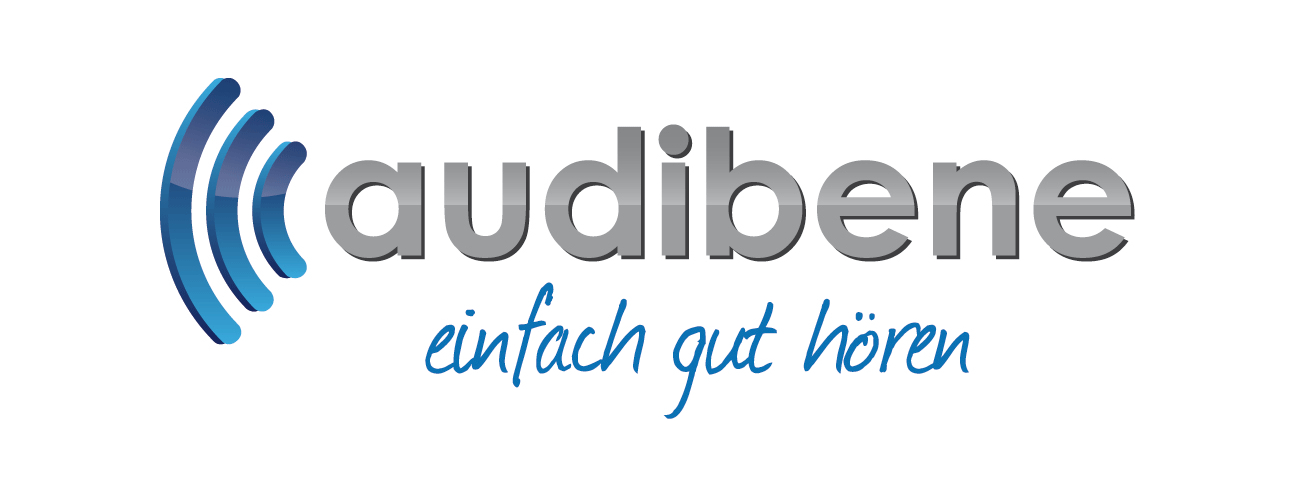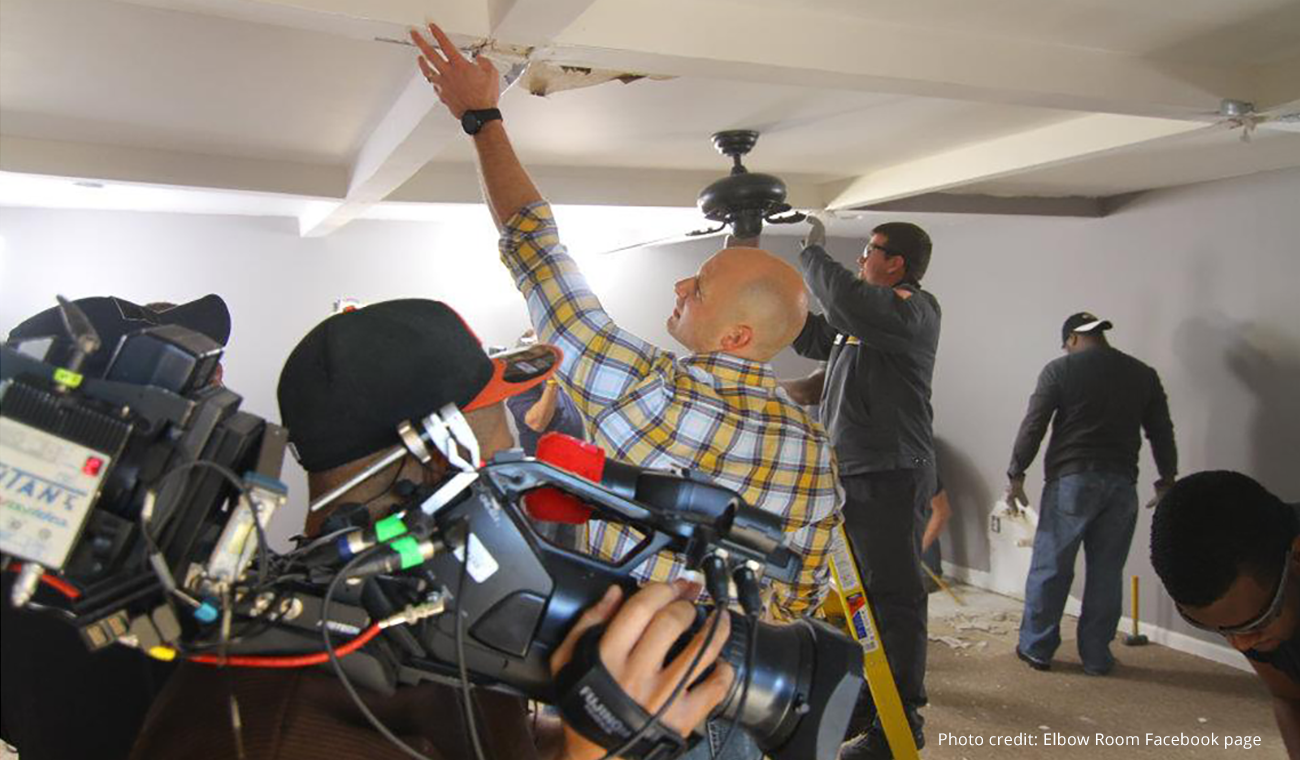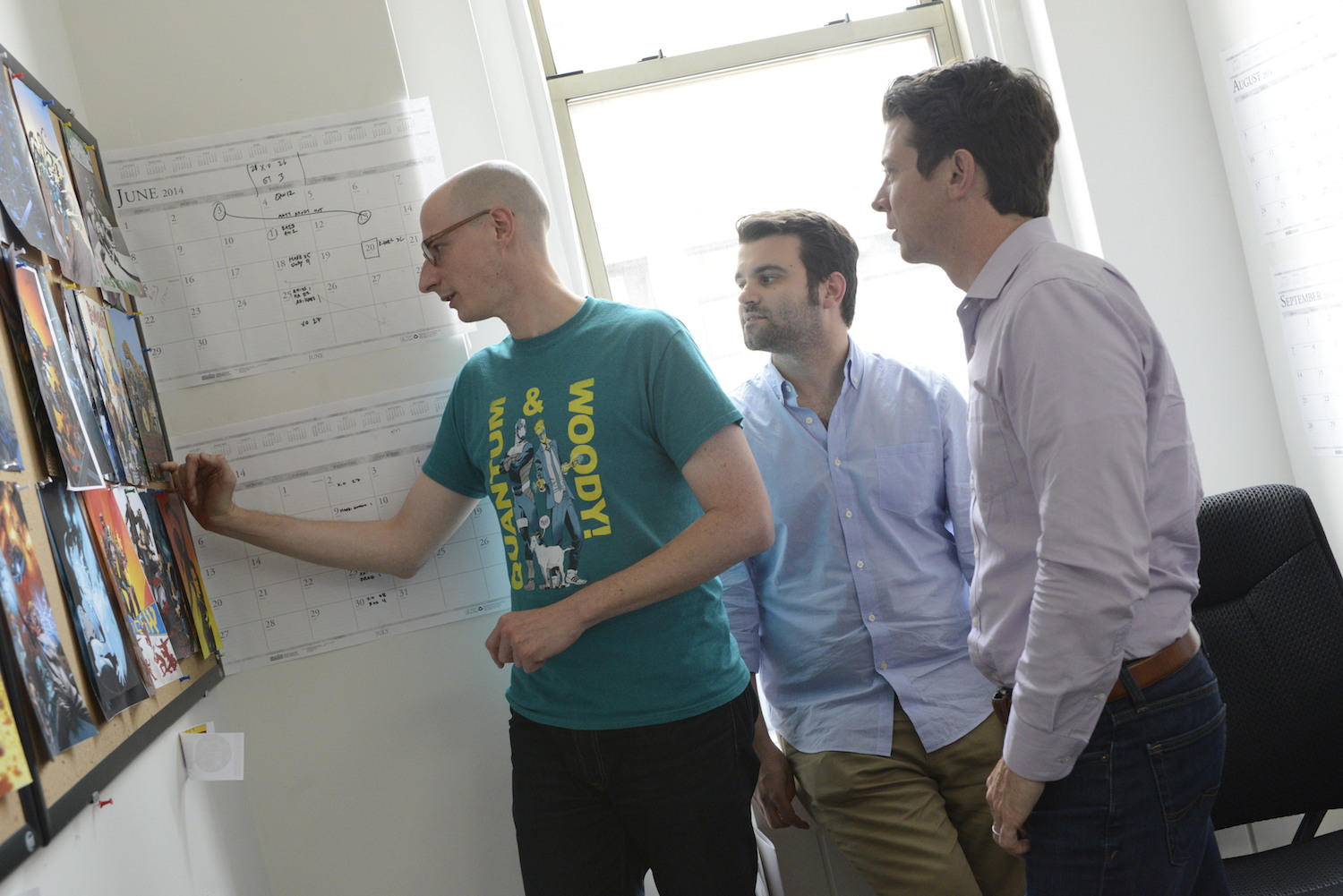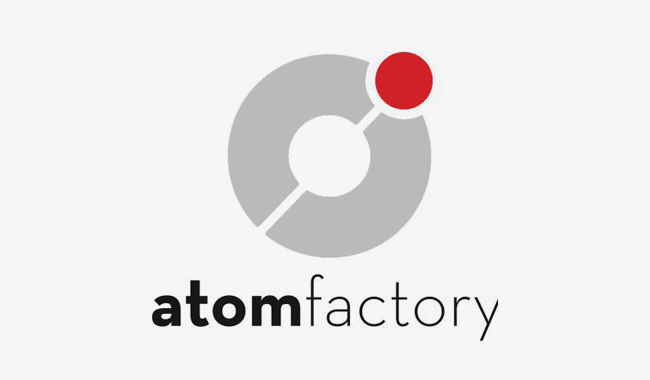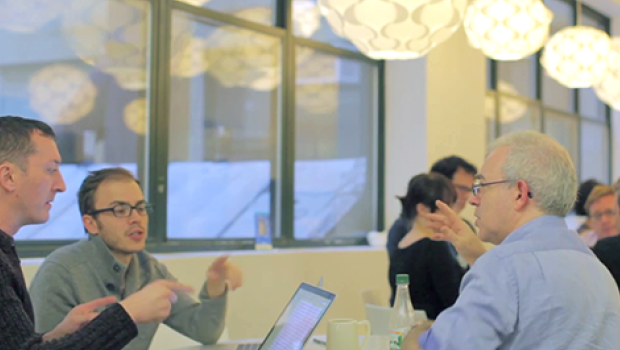
You might not have heard of Lullabot, but chances are, you know the names of their famous clientele. General Electric, NBC, Harvard University, and the Grammy Awards have all turned to Lullabot for their expertise in web design and development.
Compared with their client list, Lullabot flies under the radar. They have no office. The 55-person company is entirely remote, with representation from every corner of the US.
But they still get the job done—and then some. After Lullabot re-built MSNBC’s website from scratch, an executive editor at the media company said, “My senior team has told me it's been the most fulfilling experience of their entire careers, and it's not often you can say that.”
So how does this small, remote team build multimedia-heavy sites like Syfy.com, fit for all platforms and devices?
“It obviously starts with our people,” CEO and co-founder Matt Westgate says. “We’re different. Not having a headquarters enables us to assemble the most passionate and talented and humble team no matter where they live. We’re trying to be exemplars of a distributed workforce, because we think it leads to better work.”
Their virtual office space
But this working style is not without its challenges. Westgate says that not being able to walk down the hall to chat with someone means that they have to be even stronger communicators.
That’s why Lullabot relies on Dropbox Paper.
“Lullabot literally runs on Paper. It’s more than just a tool to us—it embodies our company culture by removing barriers for collaboration.” —Matt Westgate, CEO and co-founder of Lullabot
Paper functions as Lullabot’s virtual office space. “No content management system can measure up to what Paper affords us, in terms of commenting, seeing who else is in a doc, and pushing important notifications,” says Seth Brown, COO. It also brings a bit of delight to work. “We can be really iterative—bolding this, highlighting that, making helpful comments,” says Marissa Epstein, Sr. UX Designer. “We’ll sprinkle in funny comments too, get a good laugh in, and keep going. It’s kind of fun.”
The cross-functional creative process
Of course, work isn’t all about funny emojis. Often, Lullabot projects start with a client RFP. Since these undertakings are so custom and complex, documents are lengthy and require input from many stakeholders. Kicking off projects in Paper has become the standard at Lullabot.
“The fact that Paper automatically creates a wiki and we can assign tasks makes this process much, much easier,” Brown says.
Once those ‘i’s’ are dotted, the user research team gets to work to make sure Lullabot is addressing their clients’ goals. Researchers, designers, and developers all collaborate in Paper on user interview transcripts, InVision files, web architecture diagrams, and code to set direction and execute on any redesign.
“Paper’s interface is a metaphor for how we work—it’s flat and minimal and lets us get to the true nuts and bolts of what’s important. I’m pretty obsessed with it.”—Maggie Griner, Sr. UX Designer
Lullabots, as employees are affectionately called, aren’t the only ones using Paper. “One of my favorite things about Paper is the lack of onboarding required for our clients,” says Jared Ponchot, Creative Director. “You send the invite link, and while you discover new things the more you use it, clients’ immediate reaction is ‘Wow, this is super straightforward.’ It’s been received way better than other tools we’ve tried.”
Focusing on what matters
With all of Lullabot’s talent and expertise, Paper’s purpose is to enable them to do what they do best. Since Paper is the central workspace for everything from InVision files to GitHub issues—and it integrates with Slack—designers and developers have an easier time getting work done.
“No matter what I’m working on, using Paper keeps my brain focused on the conversation and my fingers on the keyboard, instead of switching back and forth,” says Chris Albrecht, Sr. Developer. “Reducing context-switching is priceless.”
Reflecting on a large-scale project when the team relied on PDFs, Griner estimates that they endured about 25% additional work without Paper. Other team members say that Paper saves them hours every week. “We save time, no question,” says Ponchot. “But that doesn’t really do the impact justice—it changes the way we think about collaboration. Paper is uniquely fit to serve at first as a sticky note—to bubble up the most important things—and then as a formal document. It’s the canonical place where everyone goes.”
To find out how Dropbox Paper can bring your team closer together—no matter where they are— visit dropbox.com/paper.


